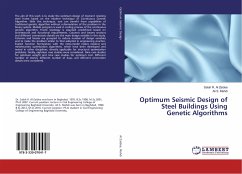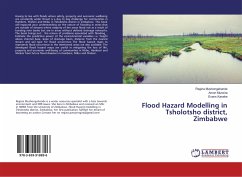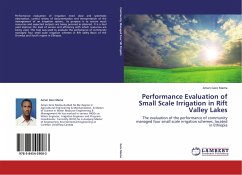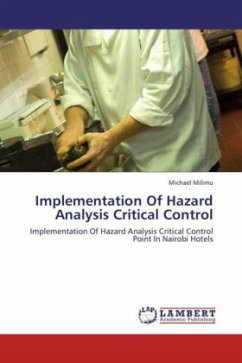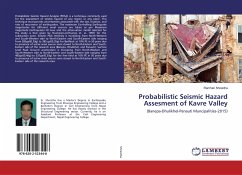
Probabilistic Seismic Hazard Assesment of Kavre Valley
(Banepa-Dhulikhel-Panauti Muncipalities-2015)
Versandkostenfrei!
Versandfertig in 6-10 Tagen
36,99 €
inkl. MwSt.

PAYBACK Punkte
18 °P sammeln!
Probabilistic Seismic Hazard Analysis (PHSA) is a technique commonly used for the assessment of seismic hazard of any region or any place. This technique incorporates uncertainties associated with the size, location, and rate of recurrence of earthquakes. The maximum Controlling Earthquake magnitudes for different areal sources are taken as per Maximum magnitude Earthquakes till now and the attenuation model selected for the study is that given by Young'set.al.(Young's et. al. 1997) for the subduction zone. Seismic PGA Intensity is increasing from North-Western and South-Western side to North-...
Probabilistic Seismic Hazard Analysis (PHSA) is a technique commonly used for the assessment of seismic hazard of any region or any place. This technique incorporates uncertainties associated with the size, location, and rate of recurrence of earthquakes. The maximum Controlling Earthquake magnitudes for different areal sources are taken as per Maximum magnitude Earthquakes till now and the attenuation model selected for the study is that given by Young'set.al.(Young's et. al. 1997) for the subduction zone. Seismic PGA Intensity is increasing from North-Western and South-Western side to North-Eastern and South-Eastern side ranging from 285gal(0.29g) to 385 gal(0.35g) for BedRock at 10% PE in 50 years due to presence of active areal source zone closest to North-Eastern and South-Eastern side of the research area (Banepa, Dhulikhel, and Panauti). Surface Level Peak Ground acceleration is increasing from North-Western and South-Western side to North-Eastern and South-Eastern side ranging from 485gal(0.46g) to 537gal(0.55g) for the free field at 10% PE in 50 years due to presence of active areal source zone closest to North-Eastern and South-Eastern side of the research area.



